Autumn in Vienna is synonymous with film as the annual Viennale festival takes place at cinemas and venues across the city.
The 2021 edition will run from Thursday, October 21st to Sunday, October 31st and returns in a much-more recognizable form with the confirmation of international guests, such as French film director Mia Hansen-Love and American filmmaker Abel Ferrara.
This follows the 2020 event that took place in a limited capacity due to the pandemic.
A blog on the Viennale website states: “We consider ourselves lucky that, despite adverse conditions, we’ve been able to maintain the continuity of our event, having prepared the 59th edition of the Viennale with a lot of enthusiasm and somewhat more peace of mind.”
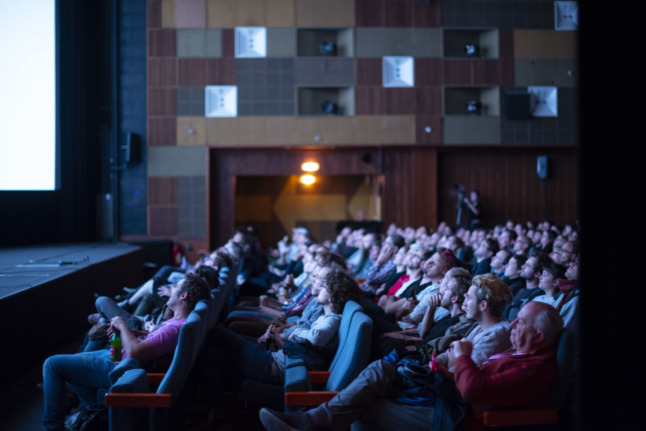
However, Covid-19 restrictions are still in place at the festival this year and in some ways the rules are stricter than last year.
For example, at the Gartenbaukino (the Viennale’s flagship location that has been recently renovated in the centre of the city), the 2G rule will apply because the capacity is more than 500 people. This means only people that are vaccinated or recovered from Covid-19 will be allowed to enter. The 2G rule for events over 500 is in place in Vienna although not in the rest of Austria.
At other venues, the 2.5G rule (tested, vaccinated or recovered) will apply, but only negative PCR tests will be accepted. Negative antigen tests are no longer accepted in Vienna.
On top of the entry restrictions, a mouth and nose covering or an FFP2 mask is required for all festival-goers at all venues.
Attendees will also be asked to provide a contact telephone number and email address when purchasing tickets so that possible Covid-19 infections can be traced.
Highlights of the festival
Around 240 films will be screened in total throughout the festival, including six feature films and 10 short films from Austria.
Most films are screened in the original version with either German or English subtitles.
English language films includes The Card Counter by Paul Schrader, French Exit by Azazel Jacobs and the Power of the Dog by Jan Campion.
The Viennale’s 2021 retrospective will be dedicated to Austrian film curator Amos Vogel who would have turned 100 this year. Amos died in 2012 and was a founding director of the New York Film Festival.
Additionally, a monograph will be dedicated to British screenwriter and director Terence Davies who designed the trailer for this years’ festival. Terence will be in attendance at the Viennale for several screenings of his films.
Films by Terence at the festival include Distant Voices, Still Lives, Benediction and The House of Mirth.
This year, the Viennale team have reinforced their commitment to accessible cinema by continuing with the “Cinema for all” motto.
There will be four screenings with audio descriptions for the visually impaired at Urania cinema, located on Uraniastrasse in the city centre.
Audio induction loop systems are also in place at all five festival cinemas (see location details below) for those with hearing difficulties.
The full programme for the Viennale can be found here.
Viennale venues
Gartenbaukino, Parkring, next to the Stadtpark
Urania, Uraniastrasse
Stadtkino im Künstlerhaus, Akademiestrasse
Metro Kinokulturhaus, Johannesgasse
Österreichisches Filmmuseum, Augustinerstrasse


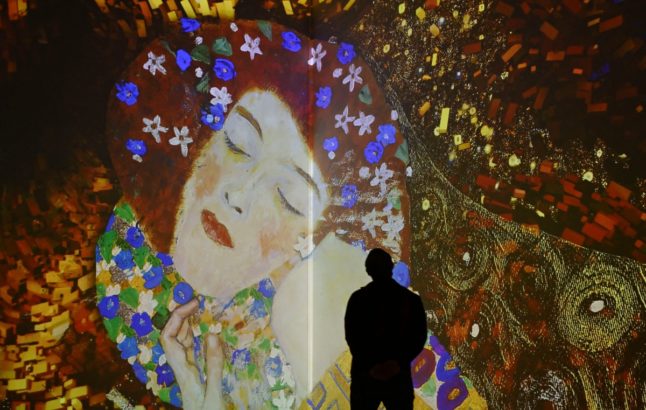
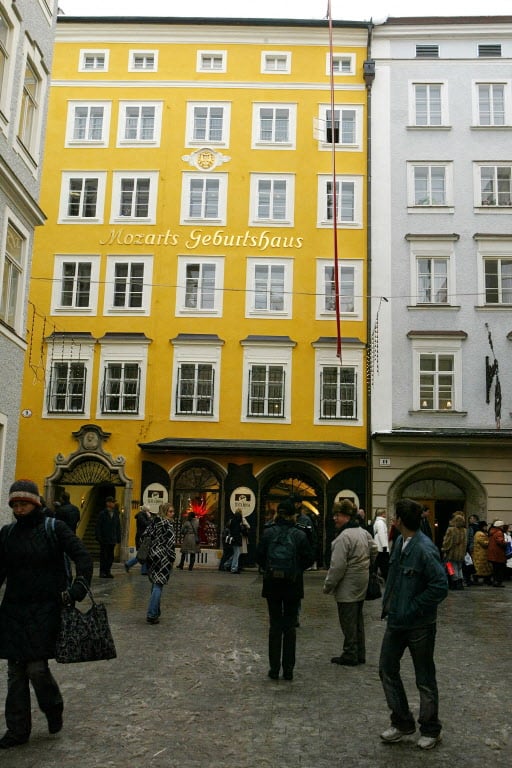
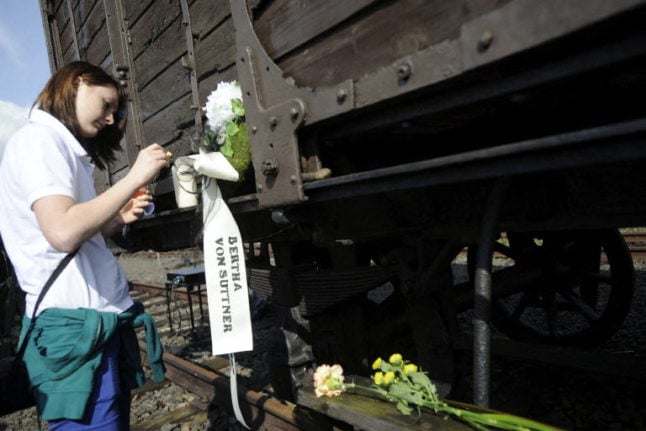
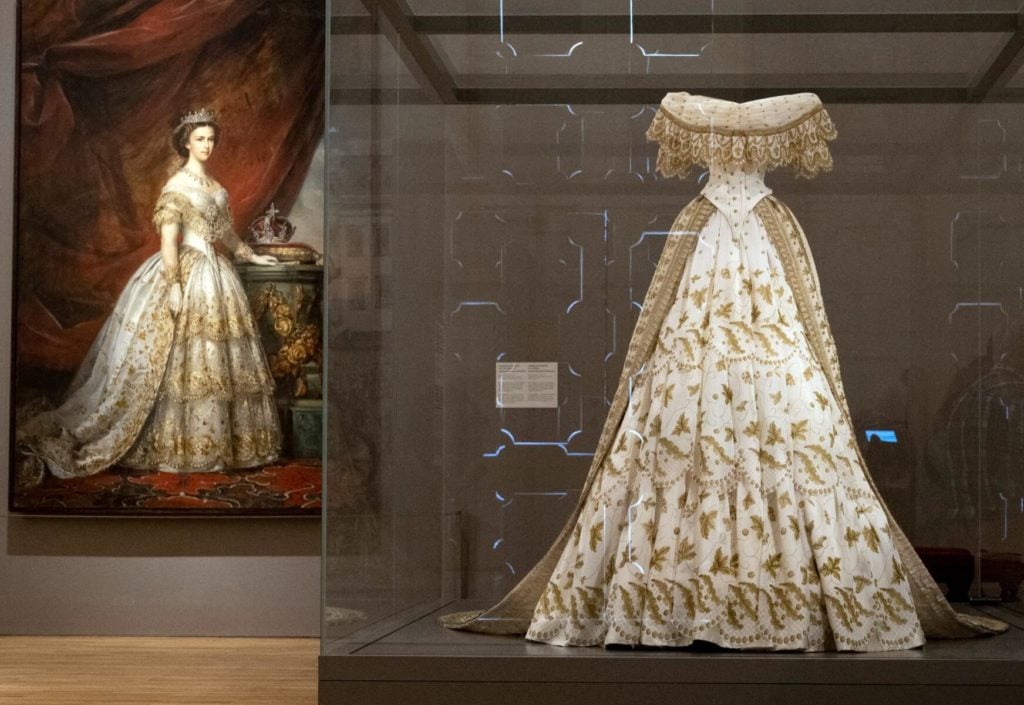

 Please whitelist us to continue reading.
Please whitelist us to continue reading.
Member comments